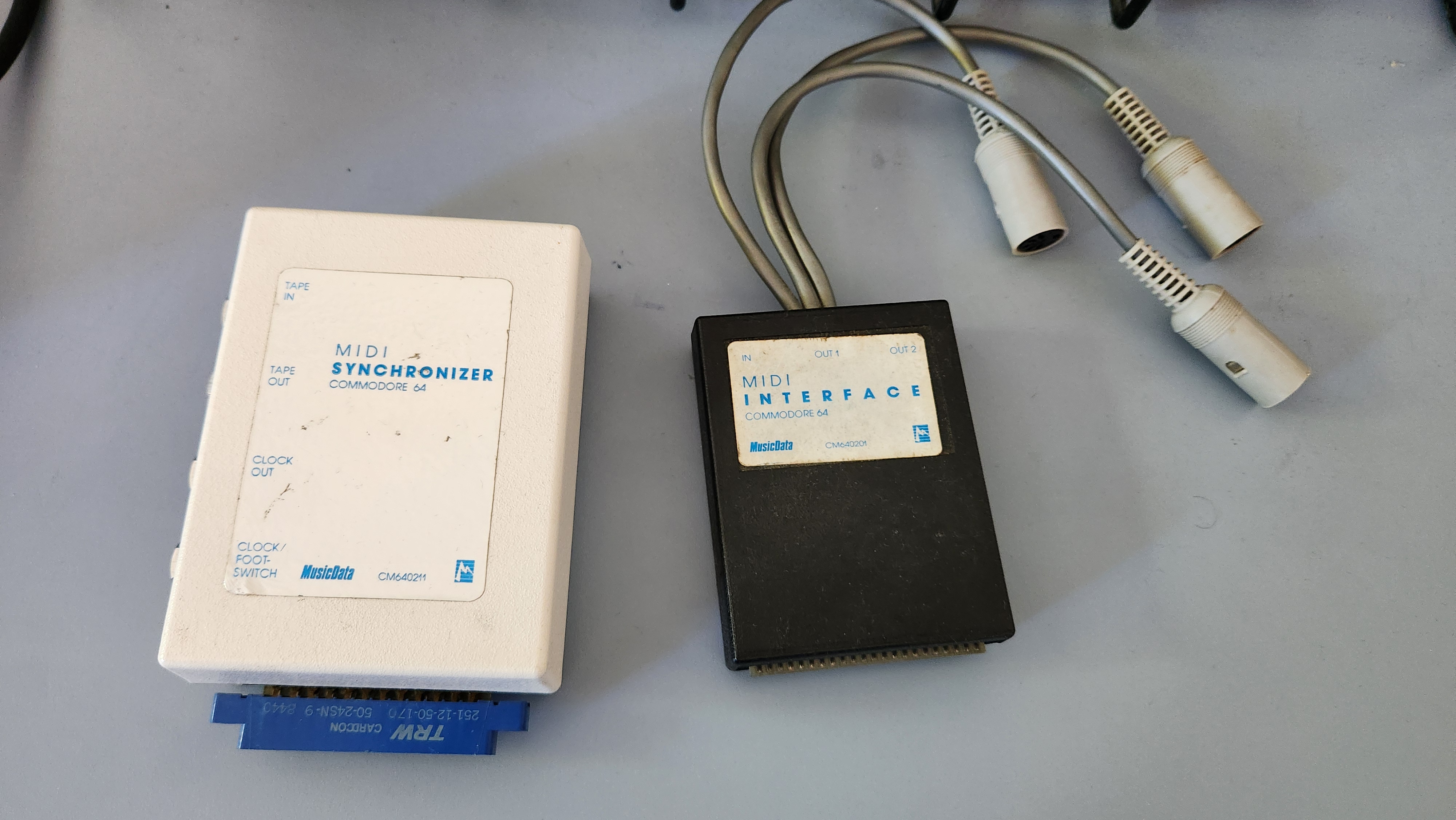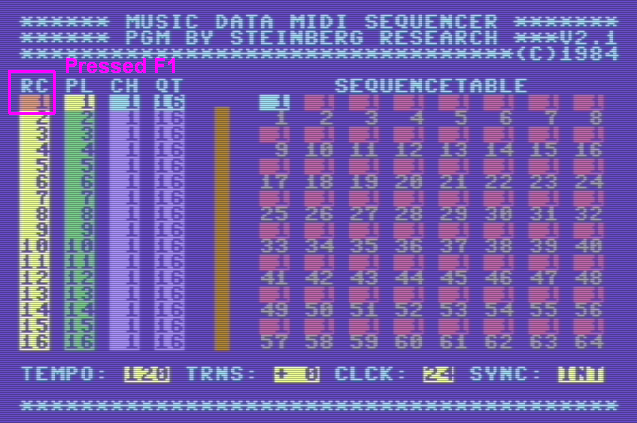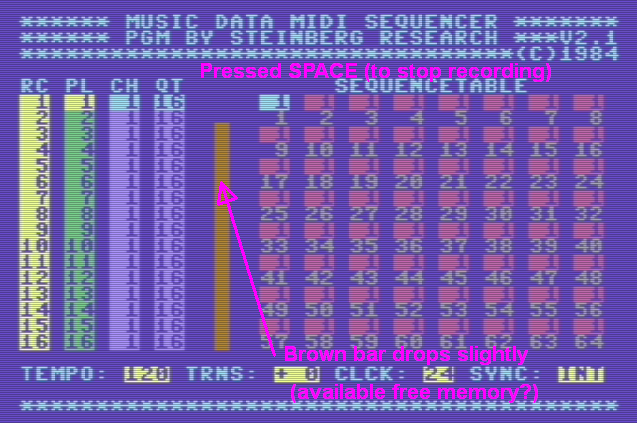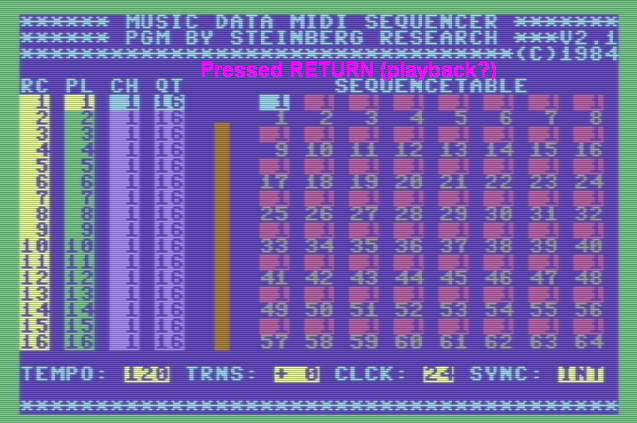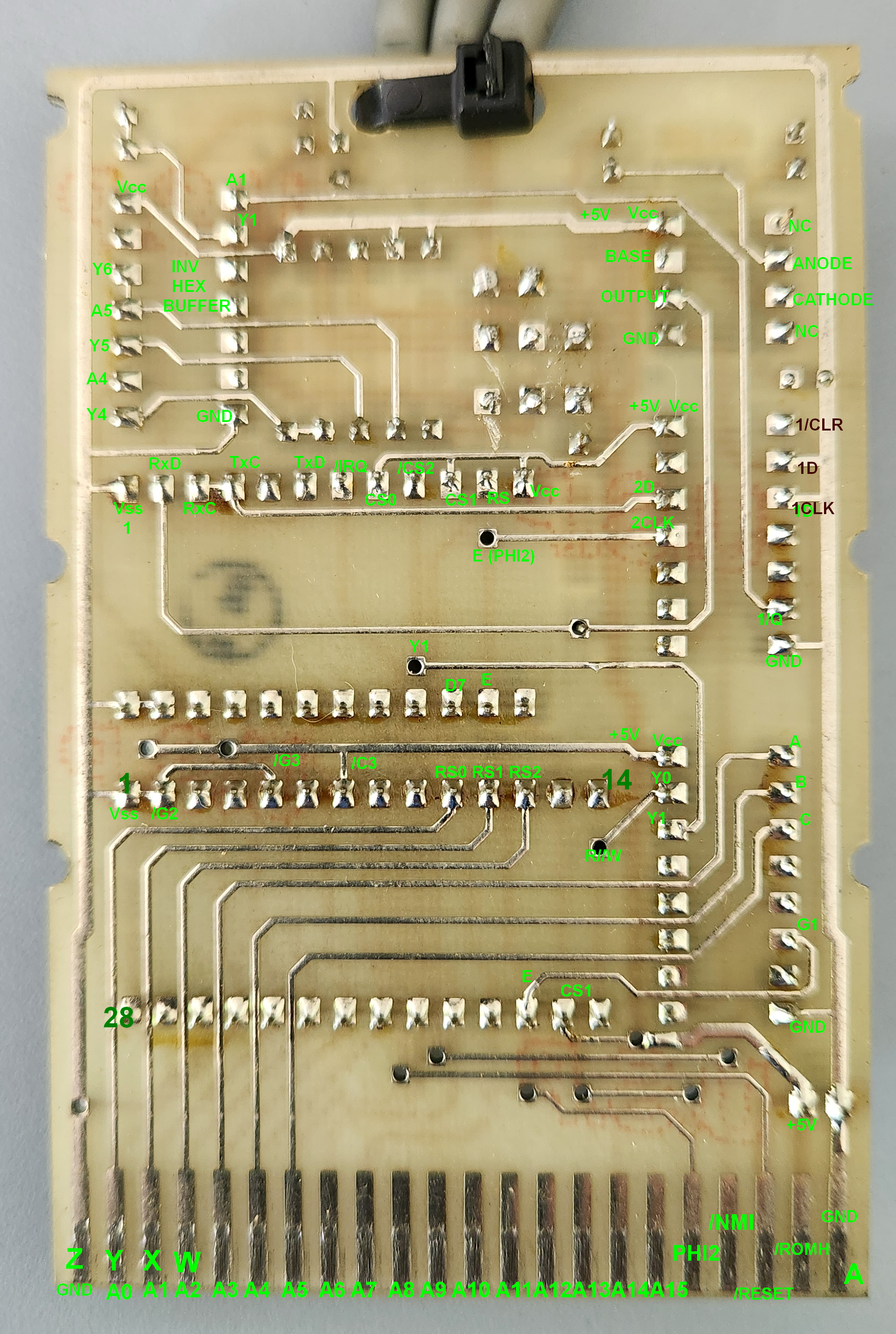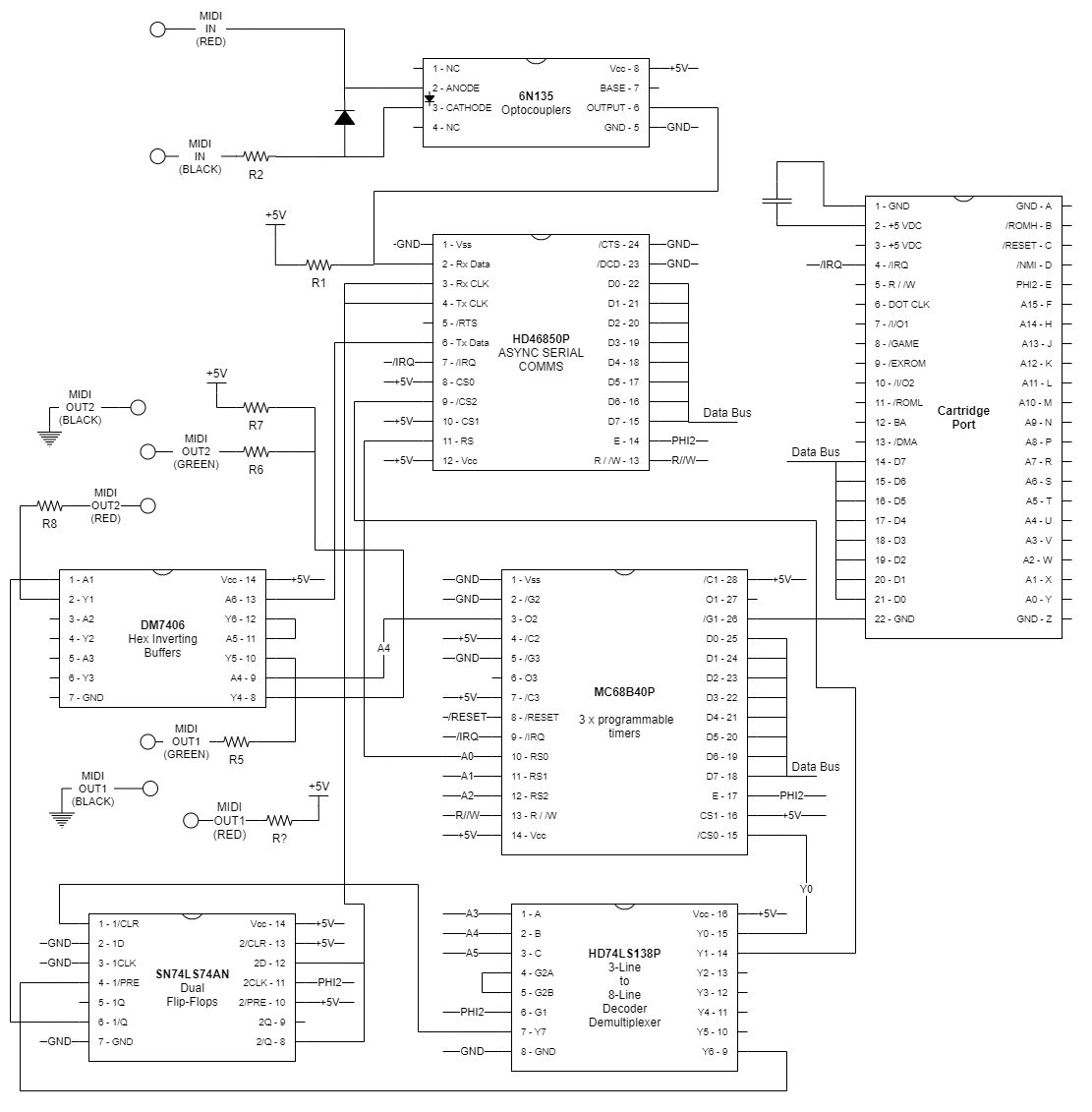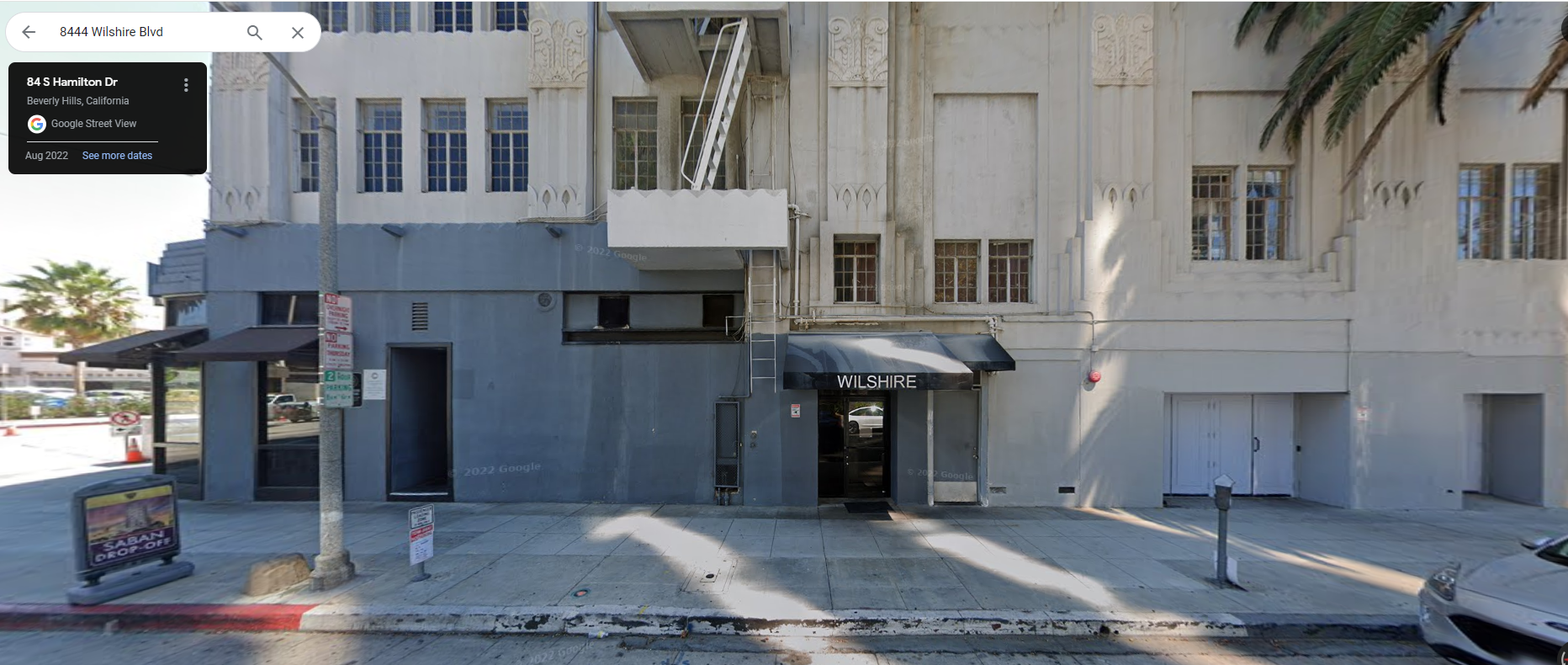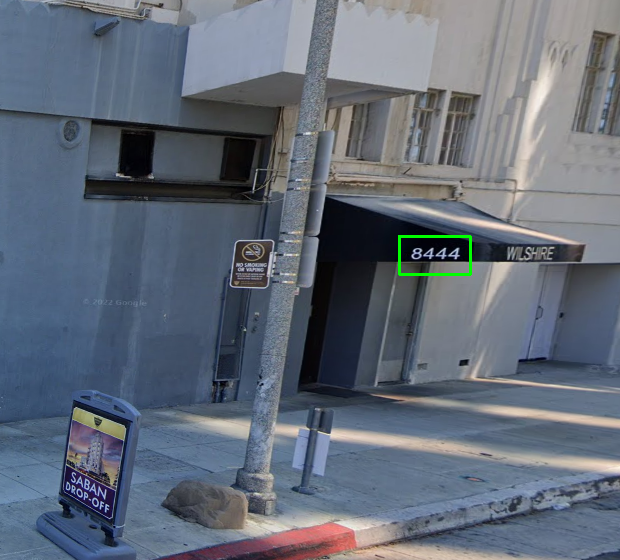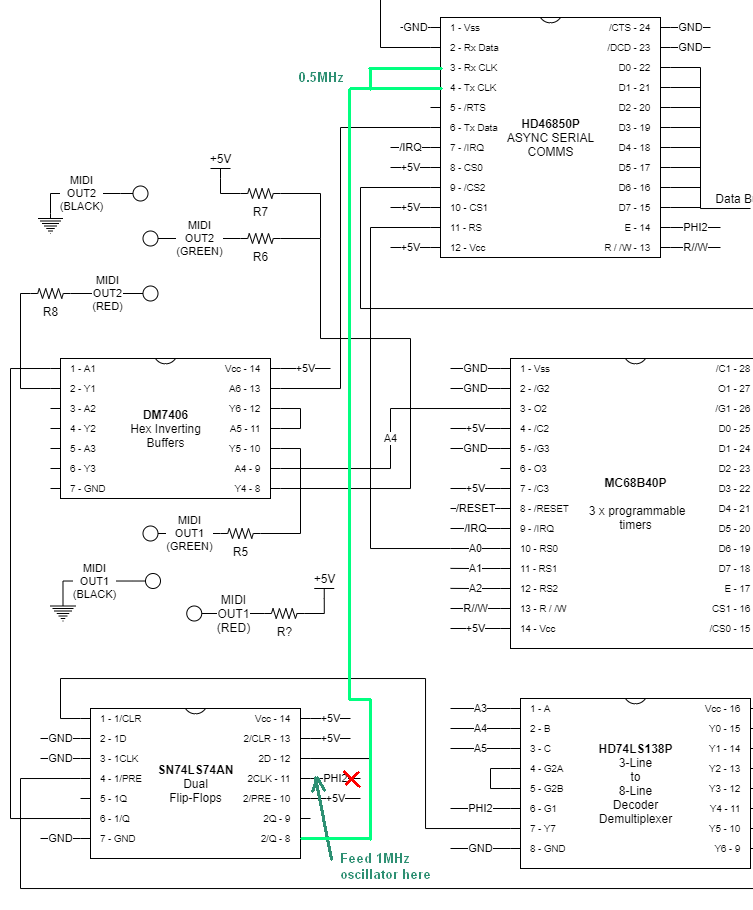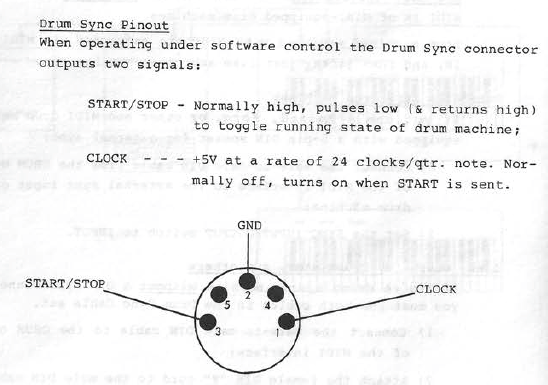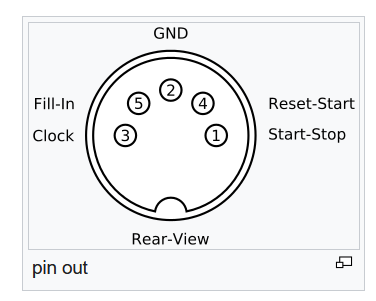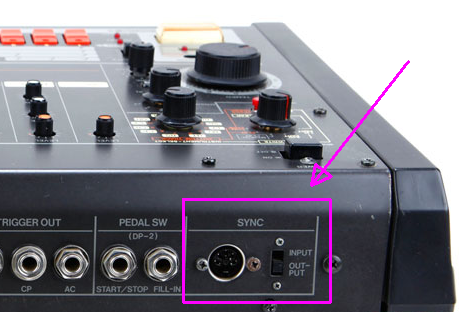First post, by Vipersan
Sadly I dont have as much time for my hobbies as I once had.
My days are now almost entirely taken up with looking after my mum who has severe dementia.
One of the reasons my visits to Vogons is less frequent.
All that said I am persueing software archiving from any and all floppy disks I encounter.
I now have both a dual drive Kryoflux unit 5.25" and 3.5".
A very useful device which will recover an awful lot of floppies with magnetic flux degradation...by persistance of action.
Often repeated trying will polish a disk surface doing this (stress reading) ..and thus making the unreadabe ..readable.
I also am now the happy owner of a similar dual drive unit ..which uses an SCP board..(supercard Pro by Jim Drew)
This makes it possible to archive and or copy good floppies..
..even protected floppies.
What I dont do or agree with is pirating the software.
That said I dont consider it piracy to replace the damaged media if you own an original copy.
In the old days the game would come with a card with which you could contact the softwares creator and obtain a replacement for an unreadable disk.
This of course is no longer possible.
..but if like me you want to preserve these games etc in almost original condition..then imaging the floppy disks ...opening the case or sleeve and writing a replacent ..thus producing a'frankenstein floppy' is do-able.
So far I have successfully archived quite a few original Amiga game floppies ..and am now working on PC games.
I have a few boxed floppy games with disks which no longer read ..thus making this process impossible...resulting in incomplete archives.
Perhaps there is someone out there with similar needs ?
If so perhaps we can help each other ?
If you have working disks and a working floppy drive(s) then winimage is your friend.
It is free to use and makes exact images of your PC floppy disks.
best regards
VS
